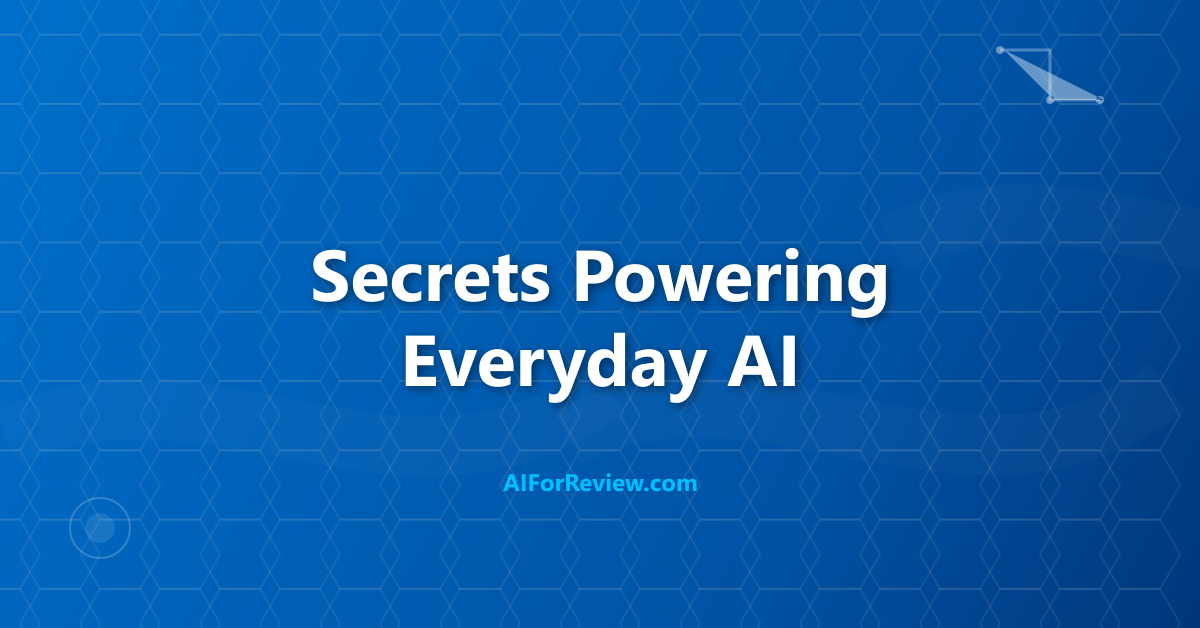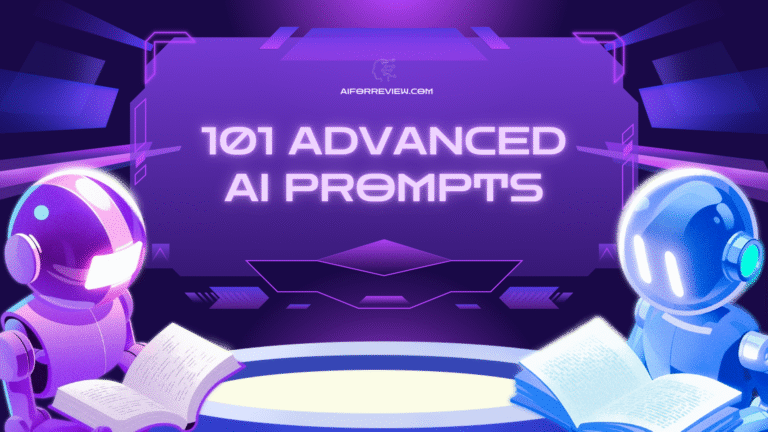Ever wondered how artificial intelligence tools can write stories, create images or answer questions with such accuracy? Discover how AI tools work, explained simply for beginners, and see the real steps behind their powerful results. Explore what makes these tools so effective and why understanding their process can change the way we use technology every day.
Understanding how AI tools actually work felt complex but breaking it down into simple steps helped us see the magic behind the scenes without needing to be a computer scientist.
This post explains in clear, beginner-friendly language how AI tools process information and create useful results like writing text, generating images, or answering questions.
The Basics: What is Machine Learning?
Most AI tools are powered by machine learning, a method where computers learn patterns from large amounts of data instead of following explicit programming rules.
Imagine teaching a child to recognize cats by showing thousands of pictures of cats until the child learns to spot cats in new images. Machine learning works similarly but uses mathematical models trained on data.
Natural Language Processing (NLP)
For AI tools that work with text, like writing assistants or chatbots, they use natural language processing (NLP). NLP allows computers to understand, interpret, and generate human language.
Key NLP tasks include:
| Task | Description |
|---|---|
| Text Understanding | Analyzing the meaning and context of input text |
| Text Generation | Producing coherent and relevant text responses |
| Translation | Converting text from one language to another |
| Sentiment Analysis | Detecting emotions or opinions expressed in text |
Large Language Models (LLMs)
Many recent AI tools use large language models like GPT (Generative Pre-trained Transformer). These models are trained on vast amounts of text from books, websites, and articles to learn language patterns.
They work in two phases:
| Phase | Description |
|---|---|
| Pre-training | The model learns general language rules from huge datasets |
| Fine-tuning | The model adapts to specific tasks or industries with targeted data |
When you enter a prompt, the AI uses probabilities to predict the next word or sentence that makes the most sense, generating human-like text.
How Image Generation AI Works
For image tools like DALL·E or Stable Diffusion, the AI uses models trained on millions of images paired with descriptions. They generate new images by understanding textual descriptions and creating pixels accordingly.
Why AI Tools Can Adapt to Many Tasks
Because AI models learn patterns instead of fixed rules, they can adapt to many tasks without new programming. For example, the same language model can write essays, answer questions, or create summaries.
Limitations to Keep in Mind
While AI is impressive, it has limits:
| Limitation | Explanation |
|---|---|
| No Real Understanding | AI predicts based on patterns, it does not truly “understand” |
| Bias in Training Data | AI may reflect biases found in the data it was trained on |
| Occasional Errors | AI can produce incorrect or nonsensical outputs |
Mini Exercise
Try this yourself:
- Use an AI writing tool and enter the same prompt in different ways
- Notice how slight changes affect the responses
- This helps understand how AI “predicts” what comes next
Final Thoughts
Understanding the basics of AI tools helps you use them more effectively and critically. They are not magic, but powerful programs built on statistical learning.
If you want to learn more about AI tools themselves, check out my earlier post What Are AI Tools? for a beginner-friendly introduction.
Frequently Asked Questions
What is the main idea behind how AI tools work?
AI tools use computer programs that learn from large amounts of data to recognize patterns and create results like text or images, instead of following step-by-step instructions written by a person.
Can we use AI tools without knowing how to code?
Most AI tools are designed to be simple and user-friendly, so we can use them for tasks like writing, creating images, or answering questions without needing to learn programming.
How do we get better results from AI tools?
Giving clear and specific instructions, called prompts, helps AI tools understand what we want and provide more useful answers or creations.




